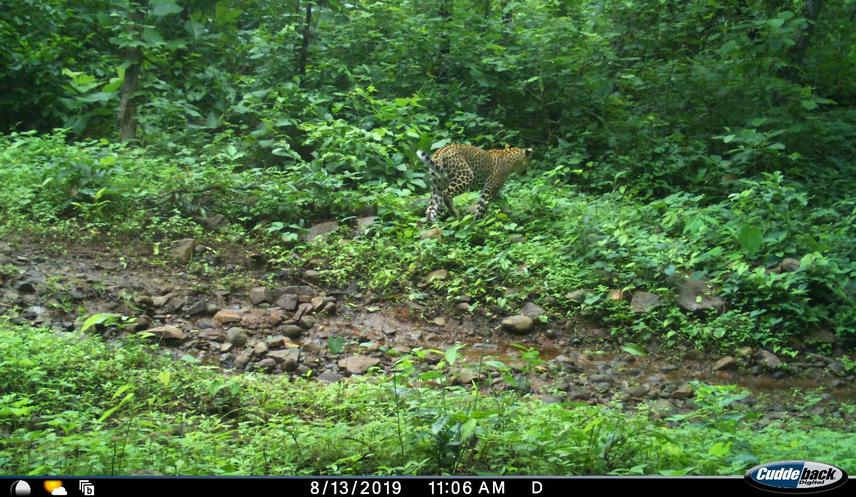Durga Prasad Srivastava
The study aims to understand the extent of space-use by tigers around Bhopal-Ratapani Corridor and aspects of behavioural plasticity within tiger’s visa-vis leopard to live near urban landscapes. Parallel to this, project also examines the factors to promote or discourage coexistence approach within the local communities, the level human-wildlife interactions etc. Along with informed awareness and capacity building of local’s project will help to manage human-carnivores interactions in such landscapes.

Focused conservation efforts in various tiger reserves lead to significant increase in tiger population across all tiger habitat countries with the significant growth in India, having a home to nearly 65% of all wild tigers in the world. In spite of this, nearly 26.5% of all tigers in India continue to stay outside protected areas. At the same time, economic development in urban India is also rapid. The rapid human development in urban areas and successful wildlife conservation in the region many times overlap and creates precarious situations for people and wildlife. While the International Tiger conservation forum and National Tiger Conservation Authority (NTCA) of India, advocates focussing on the integrated landscape of protected areas and human-dominated multi-use forests through co-existence approach with Tigers.
The situation in Bhopal, Madhya Pradesh offers an opportunity to examine the carnivore population near urban landscapes and also re-questions our current approach of promoting urban biodiversity and green cities development to conservation planning in urban environments. The city is part of a corridor forest of the Vindhya hills that connects Ratapani Wildlife Sanctuary and large carnivores including Tigers frequently use this corridor. Tiger presence near urban landscapes is weighed-down with risks both to the tiger and people who live in the area. The presence of the tiger may instil fear and trigger panic which can jeopardize the co-existence approach of tiger conservation on a landscape level. So identifying the factors helping in coexistence is important for long-term conservation.
Hence the research work will examine the case of rapidly developing and progressive Bhopal city in Madhya Pradesh and the several carnivores that live around the city and develop an understanding of the factors that enable a large carnivore such as tigers to survive near an urban environment. The study will assess social aspects including the ability and willingness of people to live with the tiger and biological aspects such as insights into the adaptability or behavioral plasticity within tigers to live near urban areas, answering the main research. The Bio-Social approach will be used to carry out research and informed awareness and sensitization programmes will help to promote co-existence approach of conservation.